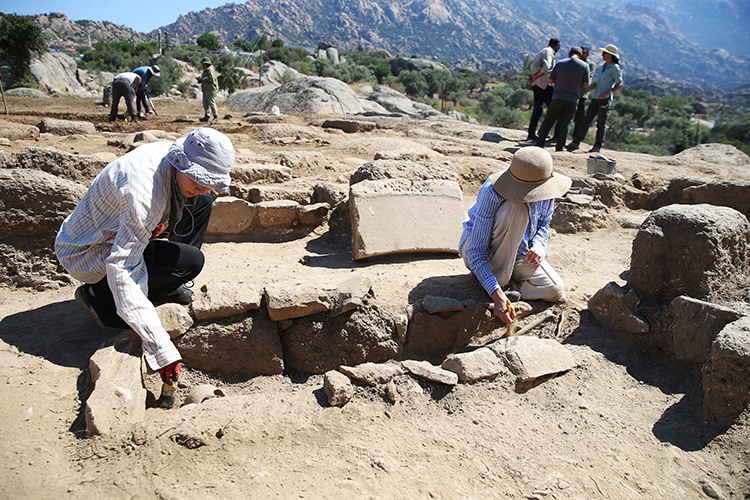
Byzantine-Era Child and Adult Burials Unearthed in Türkiye’s Ancient City of Herakleia
Archaeological excavations in the ancient city of Herakleia, located in the Milas district of Muğla, southwestern Türkiye, have revealed numerous burials dating back to the Byzantine period. The high number of child graves raises the possibility of a historical epidemic having struck the region.
Excavation work continues to uncover remarkable findings at Herakleia, an ancient settlement nestled on the southern slopes of the Latmos Mountains in Türkiye’s Aegean region. Recent digs within the grounds of a Byzantine-era church have brought to light a significant number of graves belonging to both children and adults.
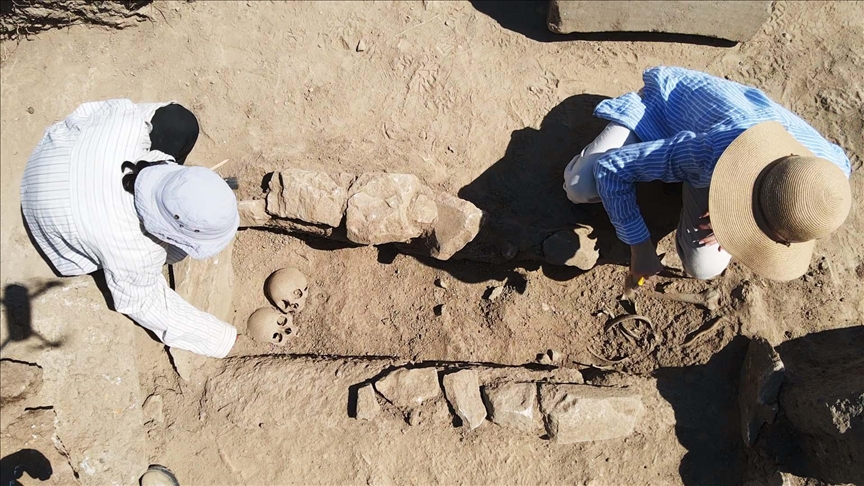
Professor Dr. Zeliha Gider Büyüközer, head of the Latmos and Herakleia excavations and a faculty member of the Archaeology Department at Selçuk University, stated that the site features a mix of burial types. The striking concentration of graves belonging to children aged between 0 and 14 suggests the area may have experienced a devastating epidemic during the Byzantine era.
According to Prof. Dr. Büyüközer, earlier excavations in the area had already completed work on a Roman bath structure. The current focus is on a section of the site known as the “Doric structure,” named for its use of Doric-style marble blocks. This area, she explained, once served as a church before being repurposed as a necropolis after its destruction.
📣 Our WhatsApp channel is now LIVE! Stay up-to-date with the latest news and updates, just click here to follow us on WhatsApp and never miss a thing!!
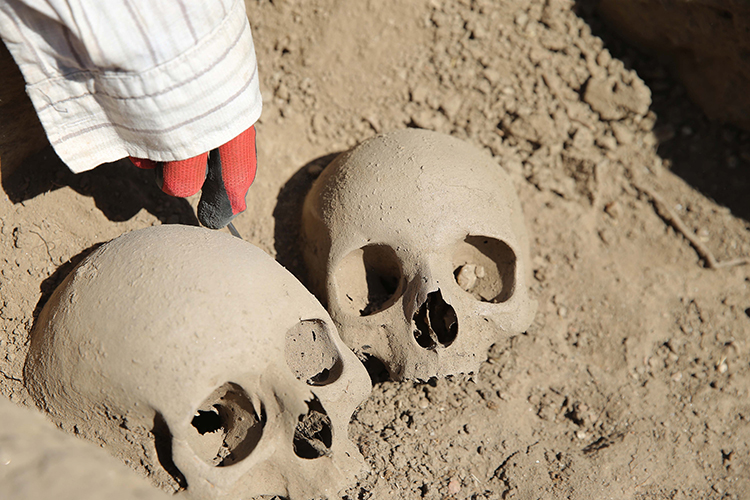
“The northern part of the site became a burial ground after the church fell into ruin. Upper layers contain mostly infant and child burials, while deeper layers have revealed adult graves,” said Büyüközer.
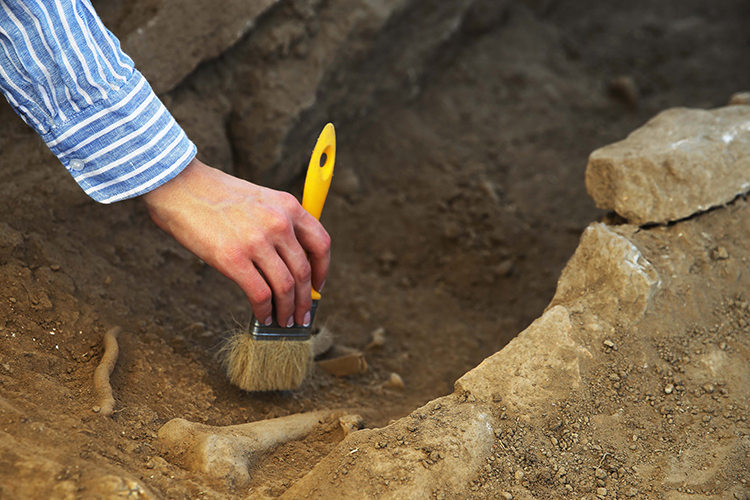
Among the most intriguing discoveries are examples of double interments, where two individuals were buried in the same grave at different times. In some cases, only the skull of the first deceased was left in its original place, while the rest of the skeleton was shifted to the foot of the grave to make space for the second burial.
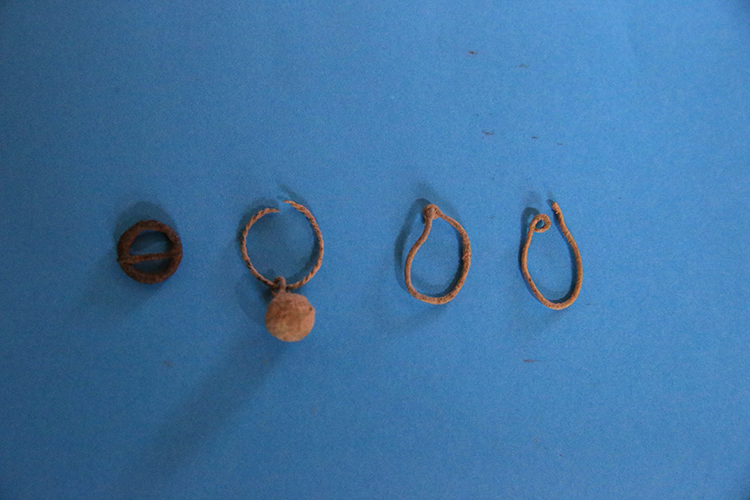
Excavators also uncovered burial offerings such as single earrings and other small items in several children’s graves, shedding light on the funerary customs of the Byzantine period.
Prof. Dr. Büyüközer emphasized that these findings not only enrich our understanding of Byzantine architecture but also offer valuable insight into the social, cultural, and health history of the time.
Cover Image Credit: Durmuş Genç/AA
You may also like
- A 1700-year-old statue of Pan unearthed during the excavations at Polyeuktos in İstanbul
- The granary was found in the ancient city of Sebaste, founded by the first Roman emperor Augustus
- Donalar Kale Kapı Rock Tomb or Donalar Rock Tomb
- Theater emerges as works continue in ancient city of Perinthos
- Urartian King Argishti’s bronze shield revealed the name of an unknown country
- The religious center of Lycia, the ancient city of Letoon
- Who were the Luwians?
- A new study brings a fresh perspective on the Anatolian origin of the Indo-European languages
- Perhaps the oldest thermal treatment center in the world, which has been in continuous use for 2000 years -Basilica Therma Roman Bath or King’s Daughter-
- The largest synagogue of the ancient world, located in the ancient city of Sardis, is being restored

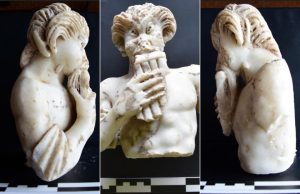
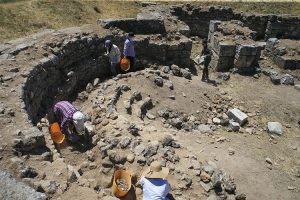
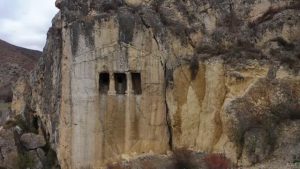
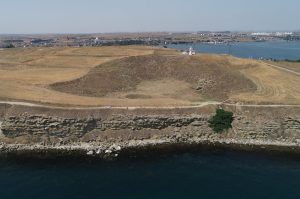
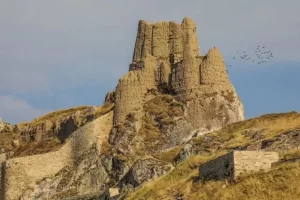
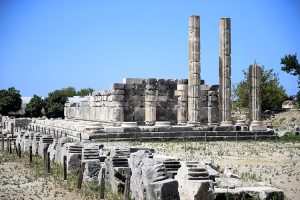


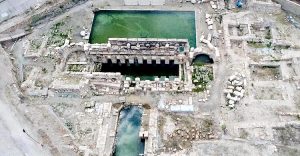
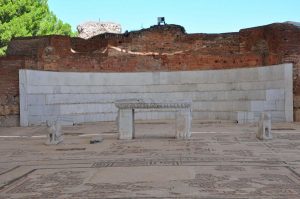
Leave a Reply